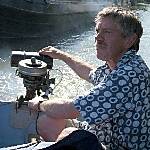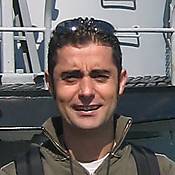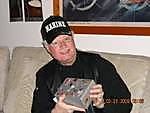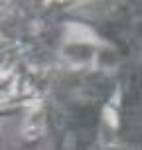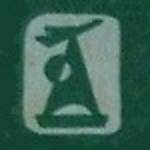You are viewing the archived version of the site.
Go to modelshipwrights.com for the current dynamic site!
Go to modelshipwrights.com for the current dynamic site!
1⁄350USS Lexington (CV2) 1927-1942
23
Comments
I decided to portray the Lexington as though she is at a couple of hours notice before sailing. Preparations are being made to hoist up the side ladders when the small boats alongside have cast off. So I ran hoist ropes (monofilament) from the derricks down to the ladder platforms.
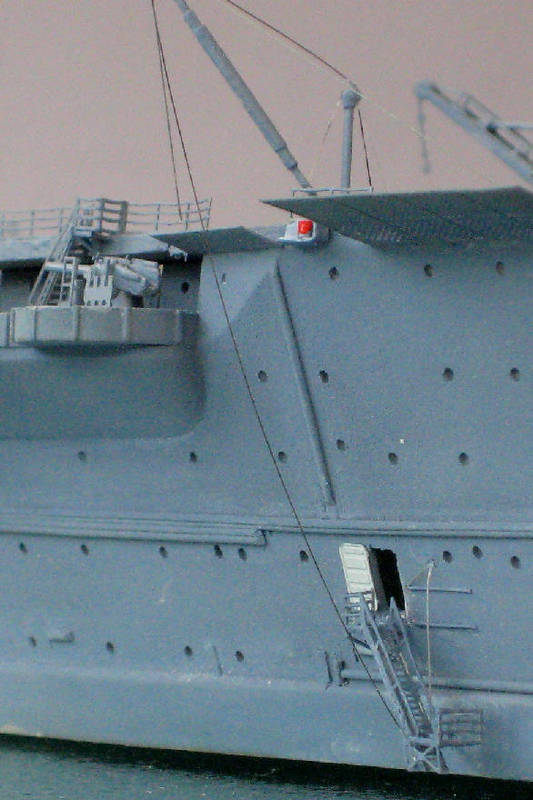
Above: Forward side ladder and derrick after completion of model.
Kit parts: 2
PE parts: 3 (Jacobs ladders port side only)
Scratch parts: 10 (rigging)
Time: 1 hour
The kit provides four for the port and starboard quarters. For the period modelled the forward pair each side had been removed, so only the rearmost pair are required.
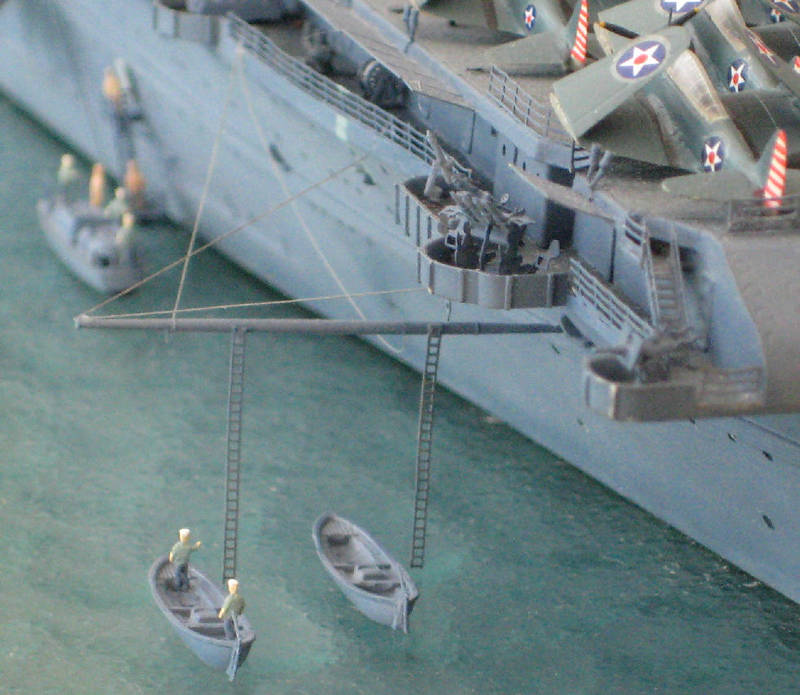
Above: Port side boat boom and rigging.
Scratch parts: 2 (bottom sheeting)
Time: 1.25 hours
With the vessel complete and placed on a sheet of flat glass (my preferred medium for displaying finished models on), I discovered a 0.5mm gap between bottom of the hull and the glass in the midships area on both sides. This was cured by taping down a sheet of course-grade wet-and-dry paper to the glass and rubbing down the ends until the bottom was level.
Light contained in the depth of the glass was visible through the various hull apertures and the forward elevator well, giving the impression the vessel was half full of water and sinking. To eradicate this effect I sheeted the underside with black styrene sheet inset to the depth of the beam-wise stretchers. On reflection, I could just as well have used kit supplied waterline plate, but completely overlooked this!
Tip from experience: I should have checked the level of the hull between stages 19 and 20 before too much detail was applied and before painting. If you are going to sheet the underside of the hull don’t do it until you’ve reached this final stage – you will need access to the inside to pull through rigging at flight deck level and in the hull sides.
Kit parts: 339
Scratch parts: 92
Decals: 132
Total parts: 563
Time: 39.25 hours
Trumpeter’s aeroplanes that go with this model really are a peach by any standards. I augmented the rather meagre supply of aircraft that came with the kit with additional packs available separately from Trumpeteer. Each pack contains ten aircraft. I bought one pack of SBDs and one pack of TBDs.
Astonishingly, building the air group took 15 percent of the total time to complete the entire model of the Lexington (including the air group) and 20 percent of the total number of parts. And more kit parts were used up than in the whole of the ship.
The Lexington embarked only the F4F fixed-wing (non-folding) variant, not the folding wing version, so the small number of these I made had the wings fixed. This involved a considerable amount of filling and filing to achieve a smooth surface.
Detailing involved adding drag sruts to the TBD main landing gears and aerial masts for all aircraft from stretched sprue. The tail wheels were discarded and replaced with tiny circles sliced from styrene rod. The SBD main landing gears were reversed so that the struts were on the outside, resembling strut covers. This sounds weird, but try it out and you will see what I mean.
The decals for the national insignia are of very different size between those supplied with the ship and the separate packs. In fact, this is not an issue because the period in question was one of rapid change in terms of size and position of markings. Any flight deck photographs from this time show considerable variety in styles.
There was no point in applying decals on the underside of unfolded wings and this was a cheap way of yielded extras for the additional aircraft. The decals in the extra packs did not include the red circle in the centre of the star, so where I had to use these I simply painted in the red centre.
I found that the red and white rudder stripes just would not adhere strongly enough. Trimming off the decal excess even with sharpest razor blade always tore off the decal. In the end the only solution was to paint all the rudders white and use water-based red ink (thin and very opaque) to paint a total of 400 red tail stripes.
Tip from experience: If you have a friend who is really into making tiny little aeroplanes – and lots of identical ones – then set him up with a few beers and the boxes of parts and let him get on with it while you concentrate on the ship.
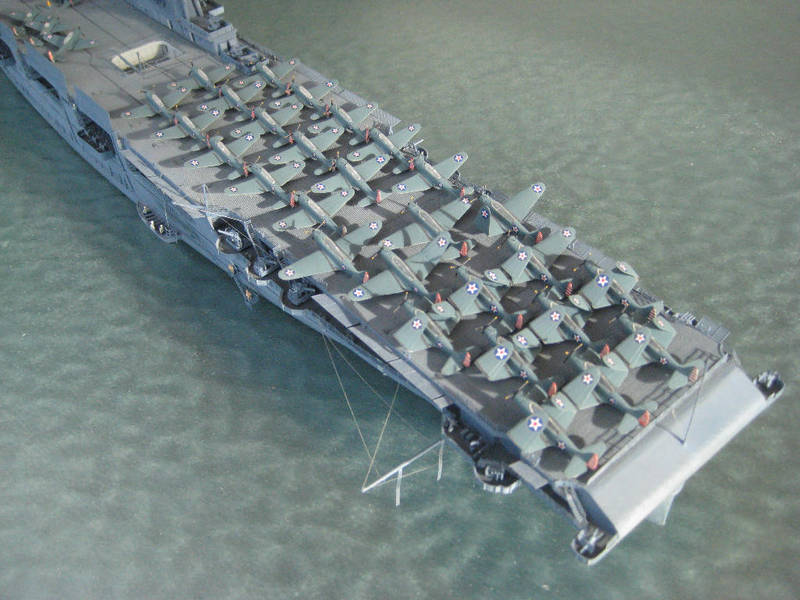
Above: All those damned planes. But a carrier without planes is like a battleship without guns, a cruiser without catapult-launched floatplanes, a destroyer without torpedo tubes or an escort without depth-charges. There was no choice.

Above: Forward side ladder and derrick after completion of model.
Stage 35: boat booms
Kit parts: 2
PE parts: 3 (Jacobs ladders port side only)
Scratch parts: 10 (rigging)
Time: 1 hour
The kit provides four for the port and starboard quarters. For the period modelled the forward pair each side had been removed, so only the rearmost pair are required.

Above: Port side boat boom and rigging.
Stage 36: final adjustment
Scratch parts: 2 (bottom sheeting)
Time: 1.25 hours
With the vessel complete and placed on a sheet of flat glass (my preferred medium for displaying finished models on), I discovered a 0.5mm gap between bottom of the hull and the glass in the midships area on both sides. This was cured by taping down a sheet of course-grade wet-and-dry paper to the glass and rubbing down the ends until the bottom was level.
Light contained in the depth of the glass was visible through the various hull apertures and the forward elevator well, giving the impression the vessel was half full of water and sinking. To eradicate this effect I sheeted the underside with black styrene sheet inset to the depth of the beam-wise stretchers. On reflection, I could just as well have used kit supplied waterline plate, but completely overlooked this!
Tip from experience: I should have checked the level of the hull between stages 19 and 20 before too much detail was applied and before painting. If you are going to sheet the underside of the hull don’t do it until you’ve reached this final stage – you will need access to the inside to pull through rigging at flight deck level and in the hull sides.
Stage 37: air group
Kit parts: 339
Scratch parts: 92
Decals: 132
Total parts: 563
Time: 39.25 hours
Trumpeter’s aeroplanes that go with this model really are a peach by any standards. I augmented the rather meagre supply of aircraft that came with the kit with additional packs available separately from Trumpeteer. Each pack contains ten aircraft. I bought one pack of SBDs and one pack of TBDs.
Astonishingly, building the air group took 15 percent of the total time to complete the entire model of the Lexington (including the air group) and 20 percent of the total number of parts. And more kit parts were used up than in the whole of the ship.
The Lexington embarked only the F4F fixed-wing (non-folding) variant, not the folding wing version, so the small number of these I made had the wings fixed. This involved a considerable amount of filling and filing to achieve a smooth surface.
Detailing involved adding drag sruts to the TBD main landing gears and aerial masts for all aircraft from stretched sprue. The tail wheels were discarded and replaced with tiny circles sliced from styrene rod. The SBD main landing gears were reversed so that the struts were on the outside, resembling strut covers. This sounds weird, but try it out and you will see what I mean.
The decals for the national insignia are of very different size between those supplied with the ship and the separate packs. In fact, this is not an issue because the period in question was one of rapid change in terms of size and position of markings. Any flight deck photographs from this time show considerable variety in styles.
There was no point in applying decals on the underside of unfolded wings and this was a cheap way of yielded extras for the additional aircraft. The decals in the extra packs did not include the red circle in the centre of the star, so where I had to use these I simply painted in the red centre.
I found that the red and white rudder stripes just would not adhere strongly enough. Trimming off the decal excess even with sharpest razor blade always tore off the decal. In the end the only solution was to paint all the rudders white and use water-based red ink (thin and very opaque) to paint a total of 400 red tail stripes.
Tip from experience: If you have a friend who is really into making tiny little aeroplanes – and lots of identical ones – then set him up with a few beers and the boxes of parts and let him get on with it while you concentrate on the ship.

Above: All those damned planes. But a carrier without planes is like a battleship without guns, a cruiser without catapult-launched floatplanes, a destroyer without torpedo tubes or an escort without depth-charges. There was no choice.
Comments
Hi Joseph,
Yeah, it was a lot of research. I was DETERMINED to make it abolutely as accurate as possible. What I don't understand is how Trumpeter got so much of it grotesquely wrong. Anyway, thanks for your comments. I sure hope you find my feature useful - from what I've seen the 1:700 from Trumpeter is just a scaled down version of the 1:350 kit, including everything that's wrong with the big one!
JUL 08, 2008 - 05:36 AM
Hi Rui
Well, well, well. I used to be a graphic designer myself as well. And a copywriter. Hence what I hope is a deal of professionalism in my SBS guide.
The whole project spanned two years. I didn't dare start another model in all that time, knowing it would simply delay completion and possibly I would lose my motivation. Sometimes it was very hard to keep going - the progress when doing the armament and the air group seemed so slow. I really had to force myself to keep going.
Thanks for the advice on using Clearcoat on the decals. Actually, that is what I did use, in order to soften the decals so they would lay close on the curved fuselage sides, to get them to stick, and to try and dull them down. All the planes were matt varnished as well, but that still didn't kill the decal edge reflection.
You can see some of my 1:700 stuff at: LINK If you select my name from the top of the menu on the left you can see all my galleries.
By the way, the 1:700 Trumpeter Lexington looks like just a scaled-down version of the 1:350 version, including everything that is wrong and inaccurate. So please, please, do use all the research I did to get it right. I look forward to seeing the result!
Regards, Chris
JUL 08, 2008 - 05:48 AM
Jim
Your comments an honour indeed. I have followed your work over the years at Modelwarships.com and you really are the best. Counting the hours is actually a way of giving myelf a sanity check! Which is why to some extent the whole project took me two years from start to finish.
Regards, Chris
JUL 08, 2008 - 05:53 AM
Thanks for taking time to answer to my questions!
I have the 1/700 Trumpeter model, for Coral Sea fit, so I guess you have done all the research for me - but still, I have to get the work myself!
Not for now, but for a "near" future (I am currently working on three projects, one a full scratch all in 1/700).
Thanks for the link, and since my memory is better for graphics, than for names, I can say that I had already seen your Sara / Lex duo in MW.
Please keep up - keep your ship models afloat!
Rui
JUL 08, 2008 - 05:57 AM
Are you sure that thing is a model. It looks so real. In some of those photos it looks too real. Nice job. Amazinglly nice job. Great tribute to those who sailed, fought and died on board the original Lady Lex carrier. Nice work.
JUL 11, 2008 - 08:46 AM
Hi Chris,
Sorry no plans on any new 1/350 items.
You could use my YC-728 or 829 for an open ammunition lighter. I have some photos of their use as such.
JUL 15, 2008 - 07:06 AM
Hello Chris:
I just finished reading your build log. Outstanding work and very well written. I have this kit, not sure I want to tackle all the inaccuracies vice just building an OOB kit, but, your work is inspirational and you presented a lot of neat ideas to enhance the kit. I will be referencing your build log when I tackle mine. Thanks for posting and sharing.
FEB 10, 2015 - 08:49 AM
Mark, I doubt Chris will respond as this is a 7 year old tread and Chris last signed in 7 years ago.
FEB 10, 2015 - 09:13 AM
wow, awesome model building.
well worth resurrecting the thread and feature.
FEB 11, 2015 - 09:17 AM
Copyright ©2021 by Chris Smithers. _OPINIONS Model Shipwrights, KitMaker Network, or Silver Star Enterrpises. Images also by copyright holder unless otherwise noted. Opinions expressed are those of the author(s) and not necessarily those of Model Shipwrights. All rights reserved. Originally published on: 2008-07-04 00:00:00. Unique Reads: 23646






